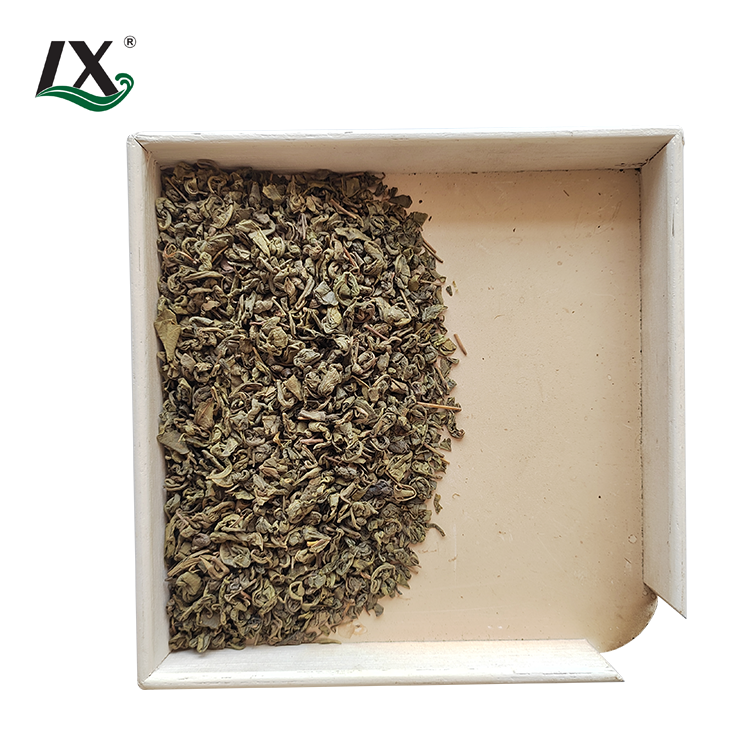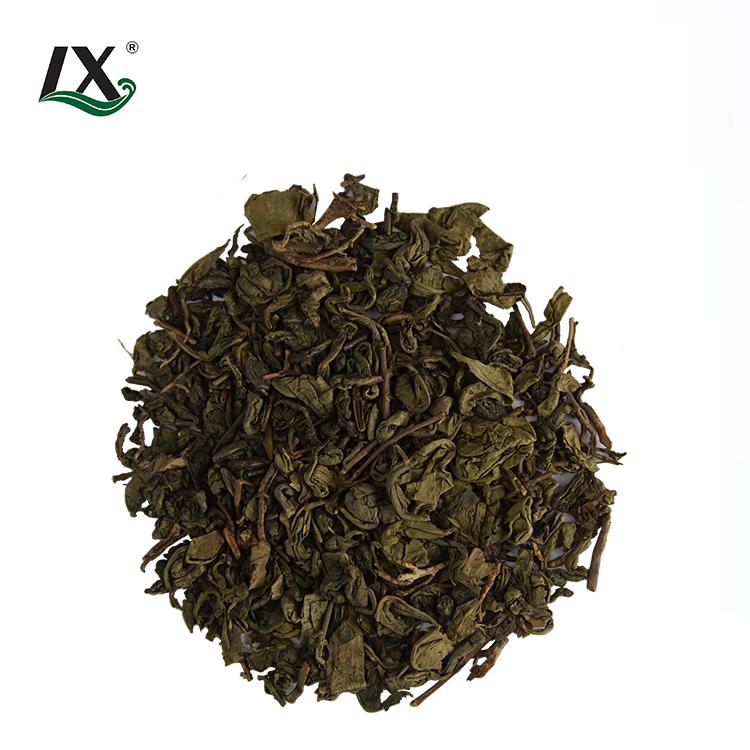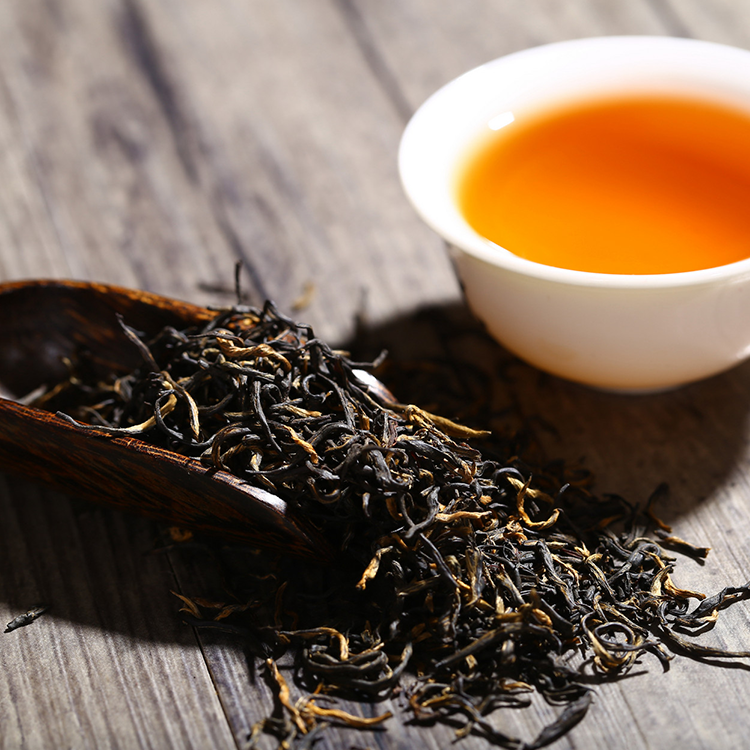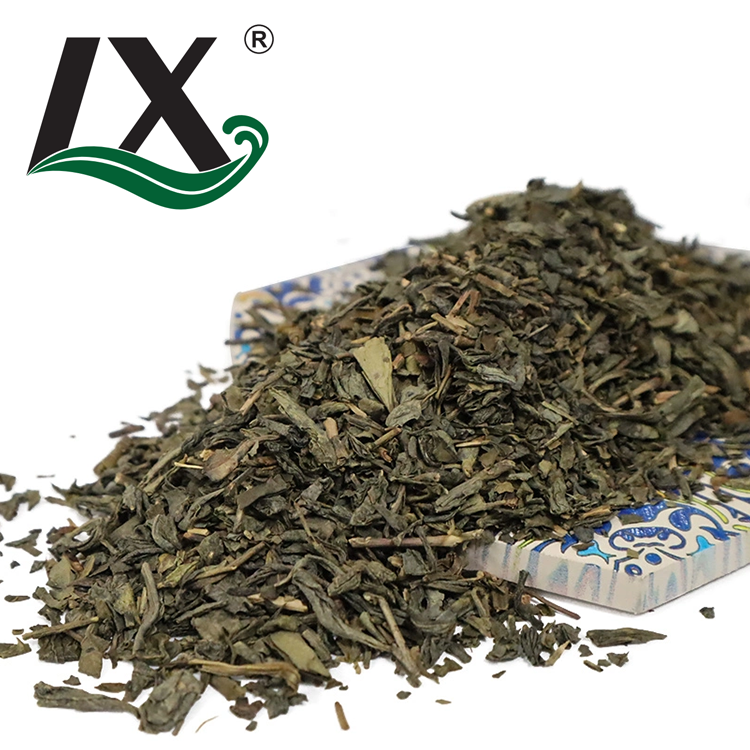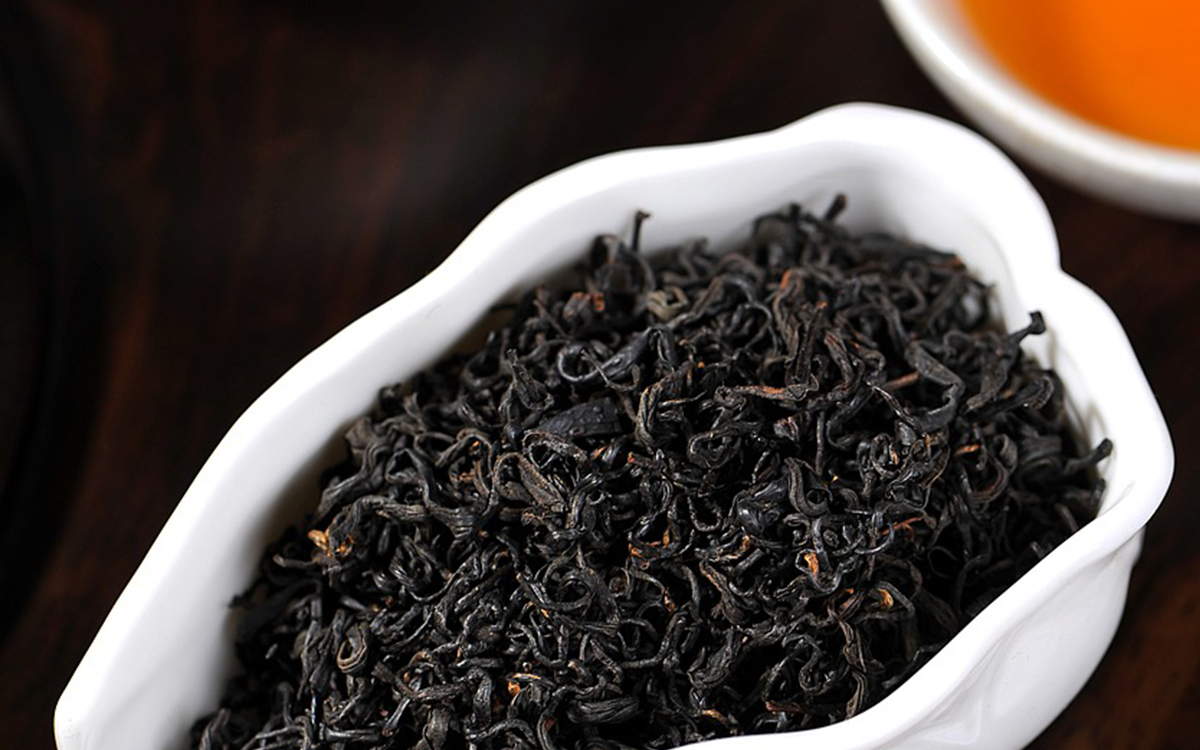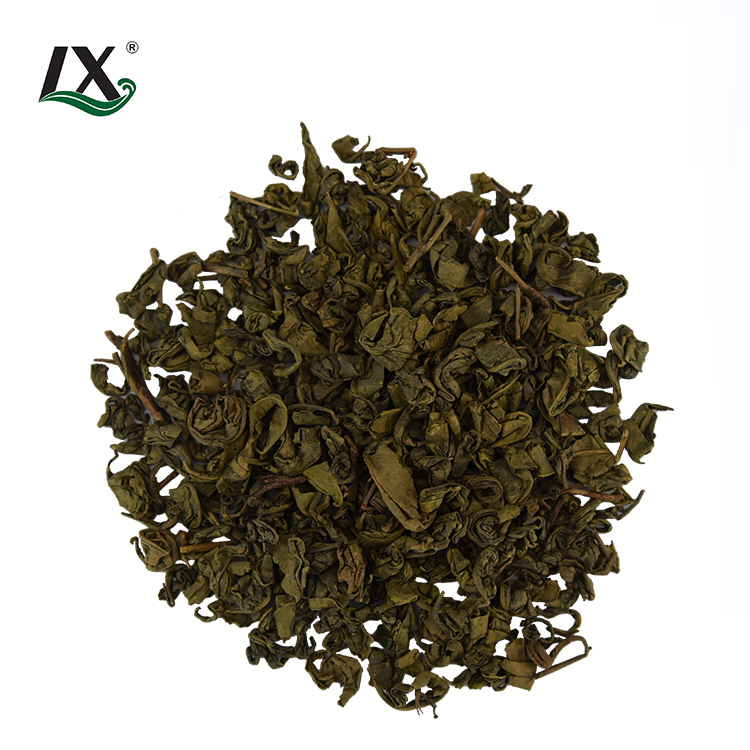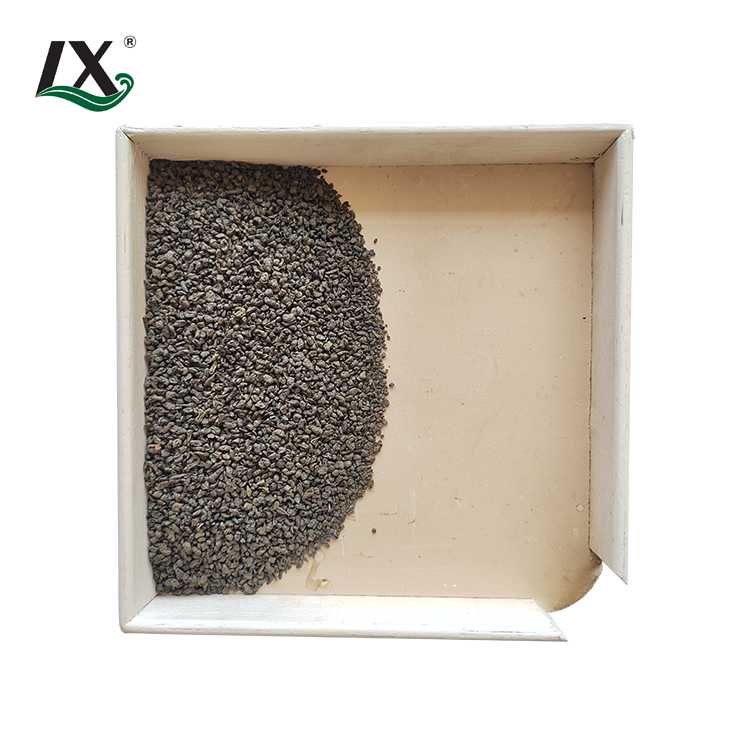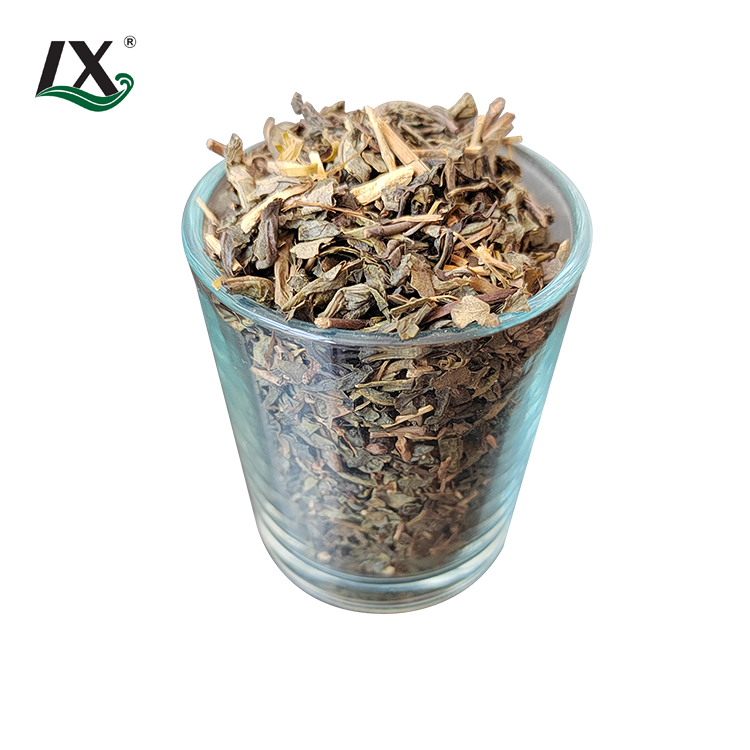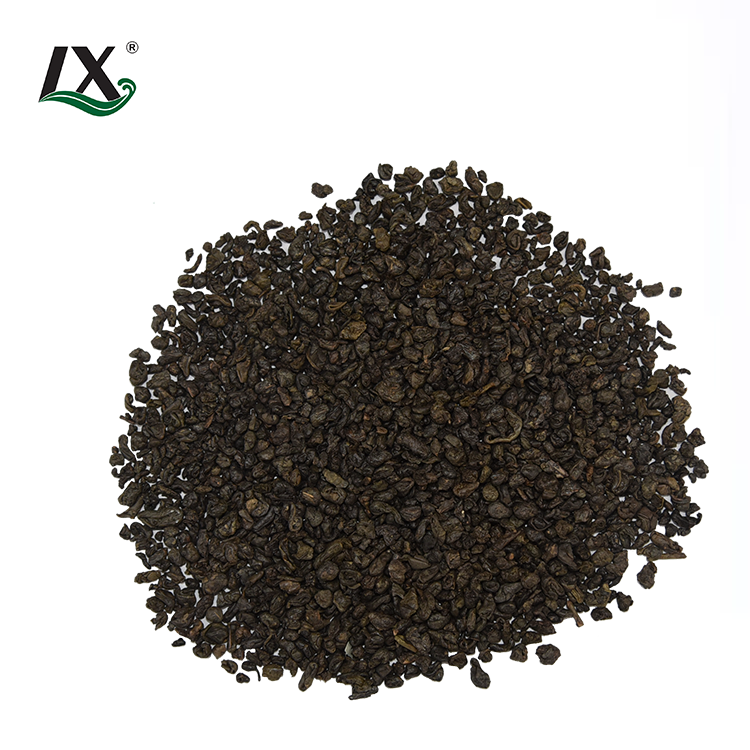What is China Green Tea Special Gunpowder?
Chinese green teas have a long-standing reputation for their numerous health benefits, distinct flavors, and cultural heritage. Among them, China Green Tea Special Gunpowder stands out for its unique appearance and robust taste. In this article, we’ll explore the origins, processing methods, health benefits, and how to brew the perfect cup of Gunpowder tea.
The Origins of Gunpowder Tea
China is the birthplace of tea, and Gunpowder green tea is one of its most celebrated varieties. Its history dates back to the Tang Dynasty (618–907 CE), but it rose to prominence during the Ming Dynasty.
History of Chinese Green Tea
Tea was traditionally consumed in China for its medicinal properties, but it eventually became an integral part of Chinese culture. Gunpowder tea was first produced in Zhejiang Province, where artisans mastered rolling tea leaves into tight pellets to preserve their freshness.
The Introduction of Gunpowder Tea to the West
In the 17th century, Chinese merchants introduced Gunpowder tea to Europe and the Middle East. It became particularly popular in North Africa, where it serves as the base for Moroccan mint tea.
What is Gunpowder Green Tea?
Gunpowder green tea is known for its small, tightly curled pellets. This rolling technique helps retain the tea’s flavor and aroma, ensuring a longer shelf life.
The Rolling Process
Gunpowder tea is carefully rolled into pearl-shaped balls, either by hand or machine. This rolling preserves its freshness and flavor, allowing the leaves to gradually unfurl during brewing.
Key Characteristics of Gunpowder Tea
Gunpowder tea leaves are dark green and tightly curled. Once brewed, the tea has a bold, smoky flavor, with a hint of sweetness, and a rich amber color.
Different Varieties of Gunpowder Tea
There are several varieties of Gunpowder tea, each offering its own flavor profile and quality.
Pinhead Gunpowder
Pinhead Gunpowder is a premium variety, with smaller, more compact pellets. It has a smoother, more refined flavor and is favored by tea connoisseurs.
Temple of Heaven Gunpowder
Temple of Heaven is another high-quality Gunpowder tea. Known for its tightly rolled pellets and less astringent taste, it is named after the famous Temple of Heaven in Beijing.
Why is it Called 'Gunpowder'?
The name "Gunpowder" comes from its resemblance to old-fashioned gunpowder pellets.
Appearance Resembling Gunpowder
The tea’s tightly rolled, shiny pellets resemble small gunpowder balls. This distinctive appearance is what earned it its unique name.
Historical and Cultural Significance
In ancient China, Gunpowder tea’s durability made it a favorite for long journeys. Its bold flavor and appearance might have symbolized strength and resilience.
How is Gunpowder Tea Processed?
Gunpowder tea undergoes a meticulous process to achieve its signature form and flavor.
Hand Rolling vs. Machine Rolling
Traditionally, Gunpowder tea was rolled by hand, a labor-intensive process that requires skill. Today, machine-rolled Gunpowder is more common for mass production, though premium varieties are still hand-rolled.
The Drying and Firing Process
After rolling, the tea leaves are dried and fired to remove moisture and lock in flavor. The firing adds a characteristic smokiness, enhancing the tea’s bold taste.
Flavor Profile of Gunpowder Tea
Gunpowder tea’s bold, smoky taste sets it apart from other green teas.
Smoky, Bold Flavor
The tea has a strong, earthy flavor with a smoky undertone. Its boldness can be balanced by adjusting the steeping time to prevent bitterness.
How Steeping Time Affects Taste
A steeping time of 2-3 minutes is ideal for Gunpowder tea. Longer steeping may result in bitterness, so timing is crucial for achieving the best flavor.
The Health Benefits of China Green Tea Special Gunpowder
Like other green teas, Gunpowder tea offers numerous health benefits, largely due to its rich antioxidant content.
Rich in Antioxidants
Gunpowder tea contains high levels of catechins, particularly EGCG, which help combat free radicals and reduce inflammation.
Boosts Metabolism and Promotes Weight Loss
The combination of caffeine and catechins in Gunpowder tea helps boost metabolism, increase fat oxidation, and support weight loss efforts.
Enhances Mental Alertness
The balance of caffeine and L-theanine in Gunpowder tea improves focus and mental clarity, providing a calm yet alert state.
Supports Heart Health
Regular consumption of Gunpowder tea can improve cardiovascular health by lowering LDL cholesterol and blood pressure.
If you're looking to experience the full-bodied, bold flavor of premium Gunpowder tea, consider trying GUNPOWDER 9375, a high-grade offering from Liangxi Tea. This premium tea features tightly rolled pellets that unfold beautifully during brewing, delivering a rich, smoky flavor with subtle sweet undertones. Sourced directly from the Zhejiang Province, known as the home of Gunpowder tea, GUNPOWDER 9375 ensures top-tier quality and freshness in every cup.
How to Brew Gunpowder Green Tea
Brewing Gunpowder tea properly ensures that you get the best flavor and aroma.
The Right Water Temperature
Gunpowder tea should be brewed at 70°C to 80°C (160°F to 175°F). Avoid boiling water, as it can scorch the leaves and create bitterness.
Steeping Time and Tea-to-Water Ratio
A steeping time of 2-3 minutes is ideal, and you should use 1 teaspoon of Gunpowder tea per 150-200ml of water. You can adjust the amount based on your taste preference.
Multiple Infusions
Gunpowder tea can be re-steeped 2-3 times, with each infusion offering a slightly different flavor. This makes it an economical choice for tea drinkers.
Traditional Methods of Brewing Gunpowder Tea
For a more authentic tea experience, traditional Chinese brewing methods such as Gongfu brewing can be used.
Chinese Gongfu Brewing Method
In Gongfu brewing, small amounts of tea are brewed in a Gaiwan (a covered bowl) for short periods. This method highlights the complex flavors of Gunpowder tea through multiple infusions.
Western-Style Brewing
Western-style brewing is more straightforward, using a teapot or infuser for a single, longer infusion. This method is convenient for daily tea consumption.
Pairing Gunpowder Tea with Food
Gunpowder tea pairs well with various foods, especially those with bold or spicy flavors.
Complementary Dishes
The tea’s astringency complements rich dishes like grilled meats, spicy foods, and creamy desserts. It acts as a palate cleanser between bites.
Popular Pairings in Chinese Cuisine
Gunpowder tea is often served with dim sum and fried foods, as its strong flavor cuts through the richness of these dishes.
How Gunpowder Tea Differs from Other Chinese Green Teas
Gunpowder tea has a distinct flavor and preparation method that sets it apart from other famous Chinese teas.
Compared to Dragon Well (Longjing)
Dragon Well tea has a fresh, grassy taste and flat leaves, while Gunpowder tea is bold, smoky, and tightly rolled.
Compared to Bi Luo Chun
Bi Luo Chun is more delicate and floral, with a spiraled appearance. Gunpowder tea is more robust and durable, retaining its flavor over time.
Popular Uses of Gunpowder Tea
Gunpowder tea is used in many cultures for various purposes, particularly in North Africa.
Moroccan Mint Tea (Maghrebi Mint Tea)
Gunpowder tea is the base for Moroccan Mint Tea, a refreshing beverage made with fresh mint and sugar. It’s a staple in Moroccan hospitality and often poured from a height to create froth.
Everyday Tea Consumption in China
In China, Gunpowder tea is consumed daily for its strong, invigorating flavor. It’s typically enjoyed without sweeteners, allowing the natural taste to shine.
The Growing Regions of Gunpowder Tea
Gunpowder tea is primarily produced in Zhejiang Province, but other regions also contribute to its production.
Zhejiang Province: Home of Gunpowder
Zhejiang is renowned for producing the highest-quality Gunpowder tea, thanks to its favorable climate and expertise in tea cultivation.
Other Regions Producing Gunpowder Tea
Gunpowder tea is also grown in provinces like Anhui and Jiangxi, with slight variations in flavor due to regional differences.
Organic and Non-Organic Gunpowder Tea
As consumer demand for organic products grows, organic Gunpowder tea has become more widely available.
Benefits of Organic Tea
Organic Gunpowder tea is grown without synthetic pesticides or fertilizers, making it a healthier and more eco-friendly option.
Differences in Taste and Quality
Some claim that organic Gunpowder tea has a cleaner flavor, though factors like the growing region and processing methods play a larger role in determining the tea’s quality.
Buying and Storing Gunpowder Tea
To enjoy the full benefits of Gunpowder tea, it’s important to buy high-quality tea and store it properly.
How to Identify High-Quality Gunpowder Tea
Look for shiny, tightly rolled leaves that are dark green in color. The tea should have a fresh, smoky aroma, and unfurl into whole leaves when brewed.
Proper Storage Techniques to Maintain Freshness
Store Gunpowder tea in an airtight container, away from moisture, light, and strong odors. Proper storage can help retain its flavor for up to a year.
Frequently Asked Questions (FAQs)
1. What makes Gunpowder tea different from other green teas?
Gunpowder tea is rolled into small, tight pellets, giving it a smoky flavor and longer shelf life.
2. Can Gunpowder tea be re-steeped?
Yes, Gunpowder tea can be re-steeped multiple times, with each infusion providing a slightly different flavor.
3. How much caffeine does Gunpowder tea contain?
Gunpowder tea contains moderate levels of caffeine, typically around 20-35 mg per cup.
4. Is Gunpowder tea good for weight loss?
Yes, Gunpowder tea can help boost metabolism and support fat burning, making it a popular choice for weight management.
5. How should Gunpowder tea be brewed?
Gunpowder tea should be brewed at 70°C to 80°C for 2-3 minutes, using 1 teaspoon of tea per 150-200ml of water.
6. What food pairs well with Gunpowder tea?
Gunpowder tea pairs well with grilled meats, spicy dishes, and creamy desserts due to its bold, smoky flavor.







